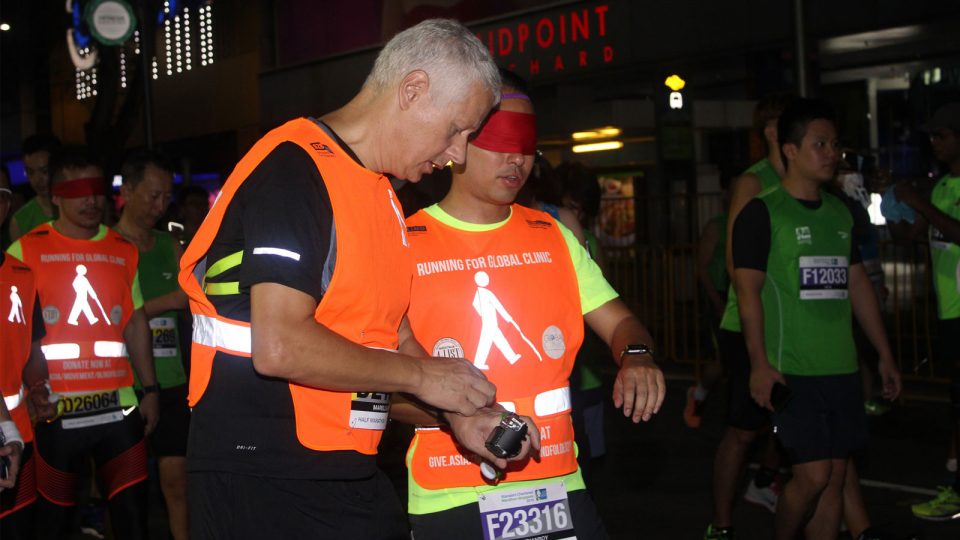We like to give credit where credit is due, so starting this article by quoting St. Augustine of Hippo, who first said “the more things change, the more they stay the same,” is a good way to introduce the subject of the Singapore Marathon which is also known as the Standard Chartered Marathon Singapore (SCMS) where diminishing participants, untenable crowding and route malfunctions are major complaints by runners, while others declare the race heaven on earth.
Why is there such a chasm between experiences for those who are faithful to this event? We take a look at this year’s Standard Chartered Marathon Singapore run—staged on the 3rd and 4th of December.
A fascinating history
Known as the gold standard of Southeast Asia marathons, the Singapore Marathon has been run on the first Sunday of December annually since 1982. Participants from around the world registering for this iconic run have topped off at 60,000 over time as organisers have facilitated an event menu that includes full- and half-marathons plus a 10km and kid-friendly distances over the past 15 years.
Is there a relationship between efficiency and organisation when tens of thousands of runners converge on Singapore to compete? Even in the best of circumstances, traffic, congestion, hot, humid weather, road closings and other frustrations compound an already-huge crowd of runners, but much of this is downplayed in favour of the latest Kenyan running star, personal bests and hefty prizes for those who beat the crowd to finish lines.
In other words, what’s untenable for one runner is nothing more than a challenge for others!
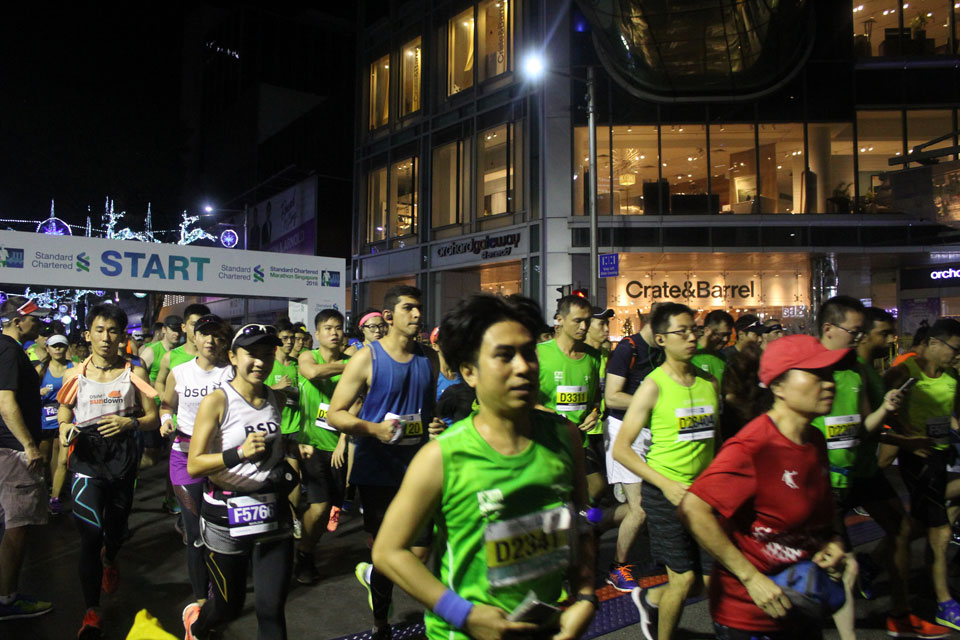
If it can go wrong, it will!
Perhaps the most devastating news coming out of the most recent Standard Chartered Marathon Singapore is the death of an overseas 29-year-old runner who collapsed on Sunday just 1km short of the half-marathon finish line.
Despite efforts to revive him on scene and transport to hospital where life-saving efforts failed, this is the second SCMS half-marathon death on record. Malcolm Sng also died near the finish line at the age of just 22 in 2011.
Obviously, none of the 46,000 runners participating in the 3rd and 4th of December Singapore event could have predicted this year’s tragic death, and while the news might have dampened the spirits of other runners were this a smaller marathon, huge crowds served as a buffer.
Many participants didn’t know about this tragedy until they read about it online. In all fairness, it’s not fair to blame this tragedy on the race itself. Other snafus? There’s shared blame to go around!
No train service—seriously?
News that there would be no “early” train services available for the race topped the 2016 list of potential snafus met with gripes, groans and whining from loyal SCMS runners. But faced with reality, runners did what they always do: get on with it.
To counter concern, a bus service with 30 pick-up stops arranged by organisers served as a terrific substitute for many and won rave reviews.
Was this substitute perfect? Not exactly. Some runners arrived at the staging area too early and complained about having to kill time waiting for the 4 a.m. start. Satisfying everyone is never going to happen, but organisers deserve kudos for pulling off this transportation alternative successfully.
The flag-off pen dilemma
If you’ve watched film footage of Spain’s bull runs in Pamplona, you may identify with the rush at the mouth of the tight, congested starting point at SCMS every year and the bottleneck that may form at the finish line.
It’s true that things can get tight, but runners tend to be orderly, disciplined athletes who aren’t about to let the fun they anticipate be ruined by whining and complaining over a bottleneck that’s become part of the SCMS’s tradition!
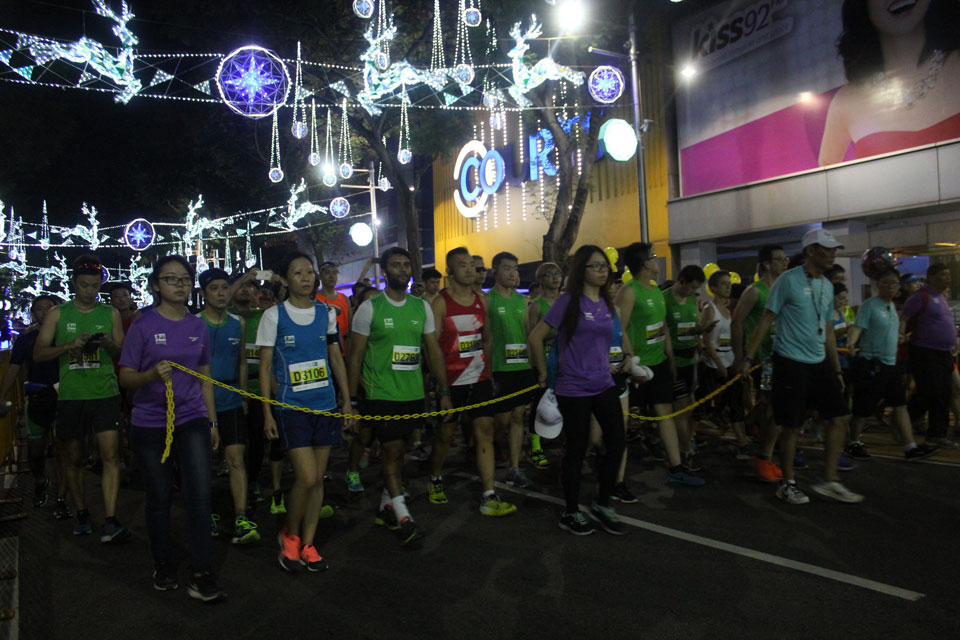
Route management discontent
Is it possible to effectively manage tens of thousands of runners confined to a narrow pathway by counting on barriers to do the job when more volunteers and staff are needed to enhance route management issues?
Of course. In truth, race organisers do everything within their power to staff up and keep things orderly. Managing a marathon route is one of the most important aspects of a well-run race and the Ironman Asia management team gives this dynamic its attention year-round in order to make things run more smoothly this December.
Weather worries
Anyone who knows Singapore weather is prepared for the sultry season that coincides with the SCMS. Those who are wise and savvy train differently to acclimate their bodies.
As a matter of fact, organisers merged the Full and Half Marathon start times so runners avoid some of the worse heat. Move the SCMS to another time of year as some have suggested? Not on Ironman CEO Andrew Messick’s watch!
He said,
“We have got to be sensitive to the history of the race.”
Adding additional hydration stops at more uniform intervals was implemented this year but there were still issues. This will remain an organiser priority for improvement into the future.
Further, the amount of information provided by runners, doctors and physiology gurus experienced in competing in extreme weather conditions continues to grow, so no runner can plead ignorance when it comes to availing themselves of this vast, growing library.
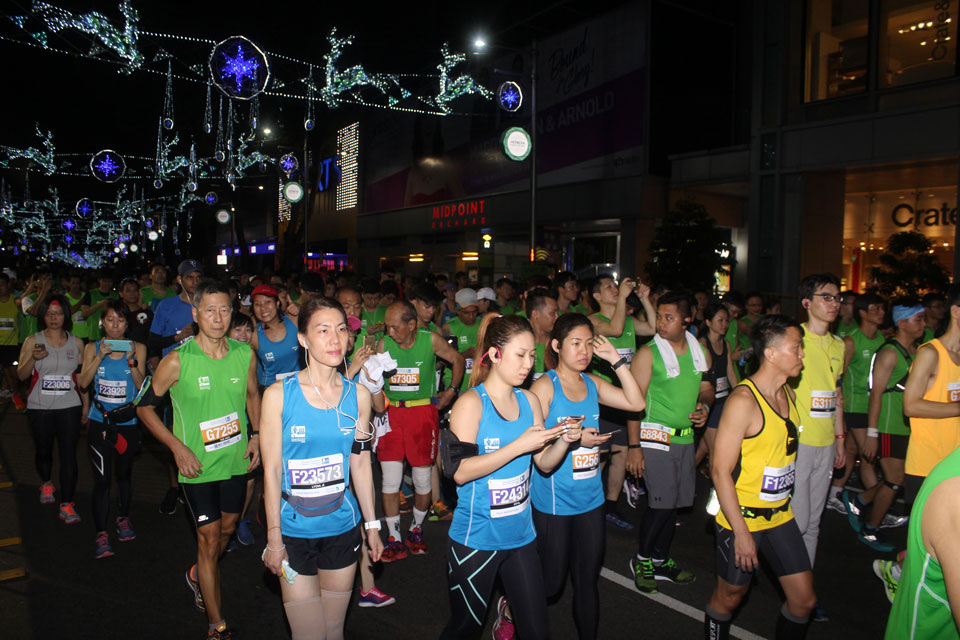
Safety first—for all concerned
Can organisers over-think safety issues? Actually, the death of Hong Kong Runner John Gibson at this year’s SCMS proved a wakeup call for organisers. HiVelocity Events Managing Director Adrian Mok reflected on the tragedy when he said that,
“After yesterday’s incident, I asked myself whether my (safety) plan is enough or is there anything more that could be done for future races.”
Among the elements over which organisers have some control are more efficient ways to eliminate first responder delays that can mean the difference between life and death. Huge events staged in congested areas invite delays, and there continues to be problems providing enough water at hydration stations.
Do athletes bear some responsibility? Of course. Runners who don’t take every medical precaution to sleuth out potential, silent cardiovascular issues put themselves at risk, as do those who don’t allow themselves an adequate amount of time to train and follow common-sense preparation advice.
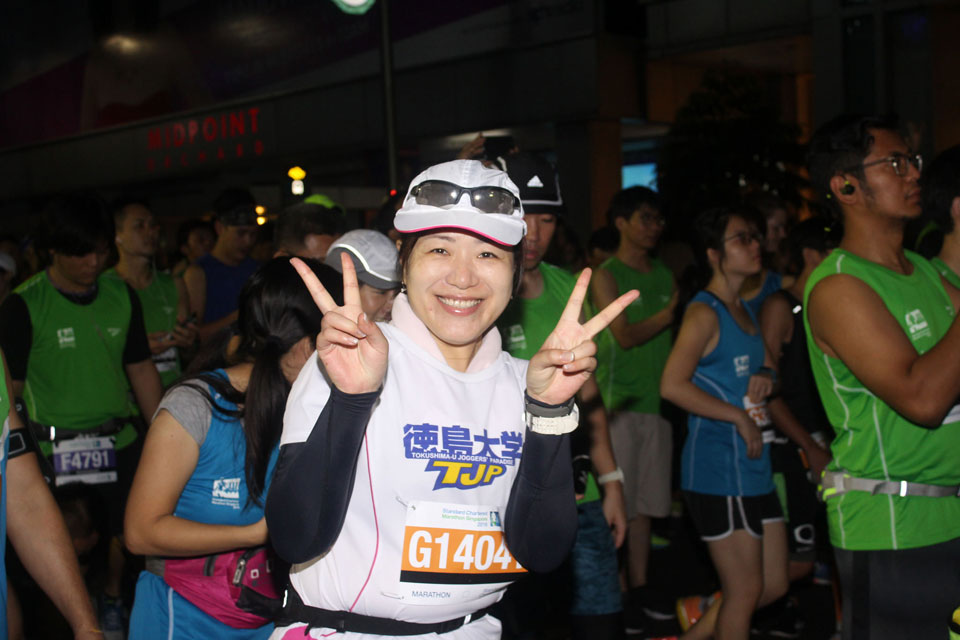
4 rational reasons why some runners won’t do the SCMS
Once upon a time, the Singapore Marathon hosted 60,000 runners, but numbers are dropping. Should organisers be blamed for not remedying the most frequent complaints? Hardly. Everyone on the Ironman team wants to see this marathon become wildly successful, which is why we offer the following list of reasons Singapore runners take a pass in December when this event rolls around:
- Many runners are simply overwhelmed by crowds and perform better at smaller events, so they take a pass on the SCMS and instead choose from the wide range of marathons available to them. That’s the down side of Singapore becoming a Mecca for marathoners; sometimes there are too many from which to choose.
- Health issues can keep some athletes from competing because health care professionals have advised them to stick to indoor activities when the weather is hot and humid, so they schedule outdoor running events with seasonal fluctuations in mind.
- Transport difficulties are always going to be a factor when an event reaches the size of the Standard Chartered Marathon in a city-state that is as built-up and condensed as is Singapore. It’s a Herculean job to shut down roads and put into place the barricades necessary to keep runners safe and moving in the right direction and nobody can fault municipal government for not cooperating in every way.
- People love to complain—some even look for things to whine about. It’s a fact of life in the 21st Century where social media has become a conduit for gripping and criticising everything and everyone. See the Standard Chartered Marathon Singapore Facebook page, and you’ll find as many glowing reports about the recent race as those written by nitpickers who arrived at a water station too late to get a beverage. Organisers are many things, but they’re not clairvoyant. Time to take a deep breath and get on with it!
Has your attitude about the Standard Chartered Marathon Singapore improved or diminished over time? Is there one aspect of a SCMS run that was the tipping point for you?



